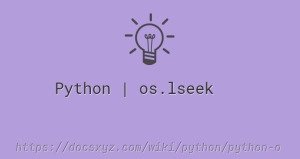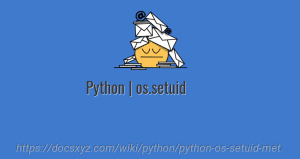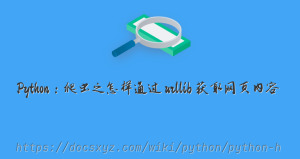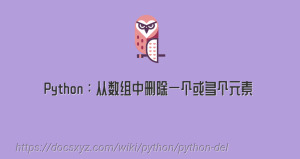Python怎樣去除字符串中的空格
最近更新時間 2020-02-29 14:37:28
在程序中,額外的空白可能令人迷惑。對程序員來說,'python'和'python '看起來幾乎沒什麼兩樣,但對程序來說,它們卻是兩個不同的字符串。
空白很重要,因為你經常需要比較兩個字符串是否相同。例如,一個重要的示例是,在用戶登錄網站時檢查其用戶名。但在一些簡單得多的情形下,額外的空格也可能令人迷 惑。所幸在Python中,刪除用戶輸入的數據中的多餘的空白易如反掌。
1. 使用 strip 去除左右兩邊的空格
strip 函數移除字符串頭尾指定的字符生成的新字符串,如下所示:
username = ' name '
username = username.strip()
print(username, 'len:', len(username))
name len: 4
2. 使用 lstrip 去除字符串左邊的空格
lstrip 函數移除字符串左邊的空格,如下所示:
username = ' name '
username = username.lstrip()
print(username, 'len:', len(username))
name len: 5
3. 使用 rstrip 去除字符串右邊的空格
rstrip 函數移除字符串右邊的空格,如下所示:
username = ' name '
username = username.rstrip()
print(username, 'len:', len(username))
name len: 5
4. 使用 replace 方法替換空格
replace 函數可以替換字符串中的空格,replace 會替換字符串中的空格,如下所示:
username = ' na me '
username = username.replace(' ', '')
print(username, 'len:', len(username))
name len: 4
5. 使用 split 和 join 方法替換空格
split 函數可以根據空格拆分字符串為數組,join 函數把數組合併為字符串,如下所示:
username = ' na me '
username = ''.join(username.split())
print(username, 'len:', len(username))
name len: 4











